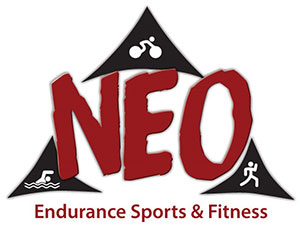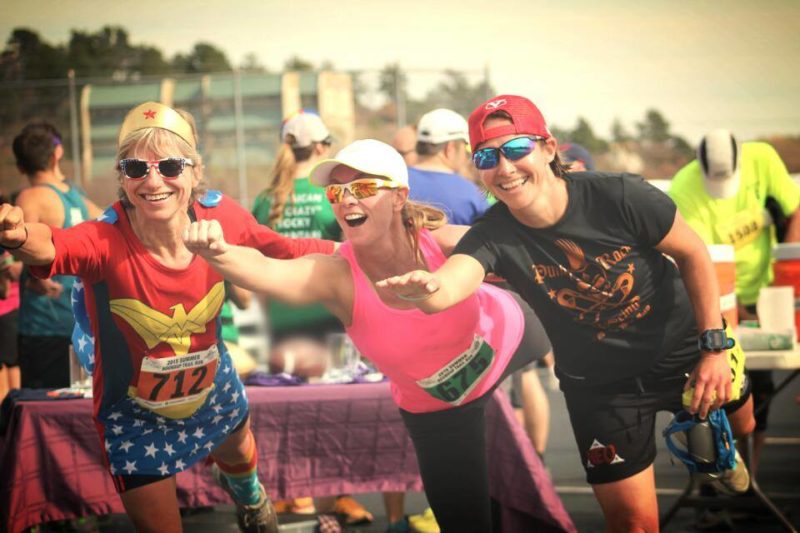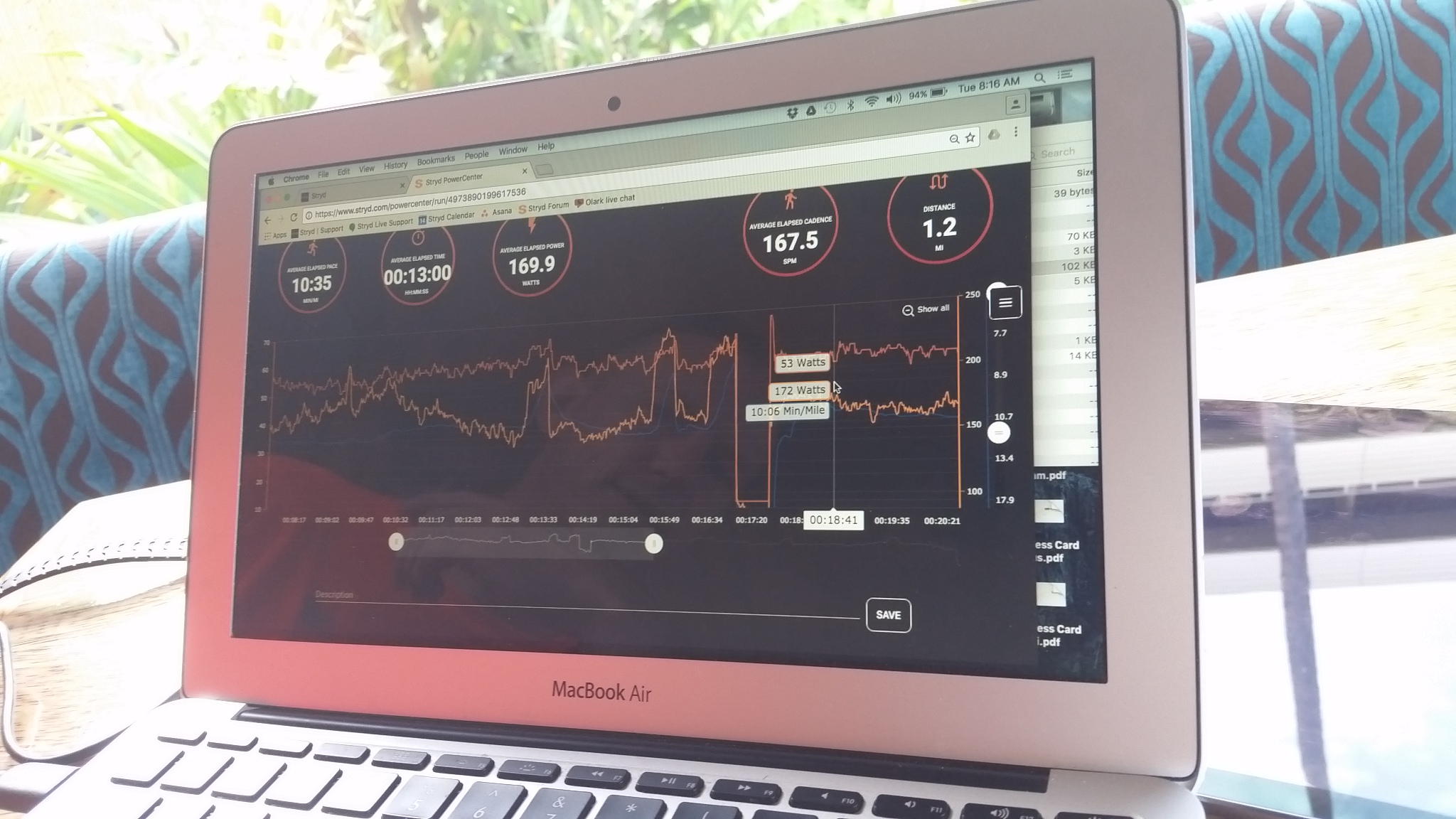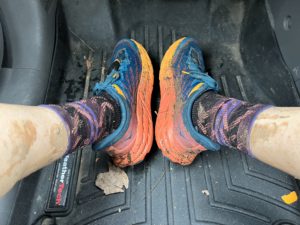Tim asks: What are the best kinds of cross training for endurance athletes and what does that cross training really entail? Do you want to really work hard at it, improve some weak areas or maintain base fitness?
To answer Tim’s question, first I will answer a couple other questions:
1) What is cross training?
Cross training is simply doing another kind of exercise other than your primary sport. If you are a cyclist and decide to go for a run, you are cross training. If you are a swimmer and go hiking, you are cross training. Hitting the weights or any kind of strength training is also considered cross training. And if you enjoy cross training, you will probably enjoy triathlon or any other multisport!
2) Why do we cross train and what are the benefits?
We cross train for a few different reasons. One is just to keep things interesting. If running for six days a week can’t keep your interest, switch one or two days to another sport. Take an aerobics class or swim. The change in activity can usually refresh you for your next run. You are still getting exercise!
Other reasons we cross train are to help foster recovery, prevent injury, and actually improve our primary sport. Let’s look at the running example again, as running is one of the hardest sports on the body due to the impact. The purpose of a recovery workout is to get blood flowing to the muscles to help remove waste products and bring in nutrients for faster healing. Even during a slow-paced recovery run, you are still “pounding the pavement.” So try going for a recovery swim next time. You’ll be surprised on how fresh you will feel with the reduced load on your body each week. Or try a yoga class – there are a lot of benefits with yoga as a cross training sport, and I’ll write about that next week.
Recovery cross training is one way we can prevent injury. We can also cross train with strength exercises to fix any muscle weaknesses and/or imbalances that we might have that could be either slowing us down economy-wise or injury-wise.
Now to Tim’s specific questions.
What are the best ways of cross training for endurance athletes? I’m a big fan of strength training, especially for women and older athletes to help maintain muscle and prevent injury. No gym or heavy weights are needed – body weight strength training can work wonders! For recovery cross training for the runner and cyclist, yoga and swimming are great as these exercises will stretch you out and don’t stress the body like running can. For the swimmer and cyclist, a little running is good to help promote bone densification. Cross country skiing can provide a huge endurance benefit to all endurance athletes. Think about your sport and the demands it puts on your body, then try to do something a bit different!
What does the cross training entail? For the general recreational athlete, cross training is just doing something different. Not a whole lot of thought or structure needs to go into this, just get out an do something fun. Using strength training as a cross training exercise, there should be some structure so that appropriate muscle groups are being worked, and this will vary by your specific sport. However, twenty minutes 2-3 times a week is sufficient for most athletes.
Do you want to really work hard at it, improve some weak areas or maintain base fitness? Your needs will dicate if you are using cross training to maintain base fitness, focus on a weak spot, or just as a recovery method. That brings up a point – you will likely include various amounts of cross training during different parts of your training cycle. If it is the “off-season” you are probably doing a lot of cross training just to keep some fitness and to get that mental break from your primary sport. If you are in the middle of your training season, you are probably doing less cross training, but the kind you are doing is there to support recovery and improving on some weakness. Just be careful when you do cross train! If you do something too different from your normal movement patterns, and either go too long or use too much intensity, your body might not be ready for it and you could find yourself extremely sore or possibly injured. But have fun doing something different from your normal routine!
Coach Nicole is the author of The Triathlete’s Guide to Race Week. She is also the founder and head coach for NEO Endurance Sports & Fitness, a Colorado-based endurance sport coaching company. She is a USAT Level 1 Certified Coach and also coaches triathlon for Team In Training. Learn more at https://neoendurancesports.com/. You can contact Coach Nicole with your questions for the Ask the Coach column on facebook, twitter or via email at nicole@neoendurancesports.com.









